Home>Technology>Home Entertainment Systems>How To Retract A Projector Screen
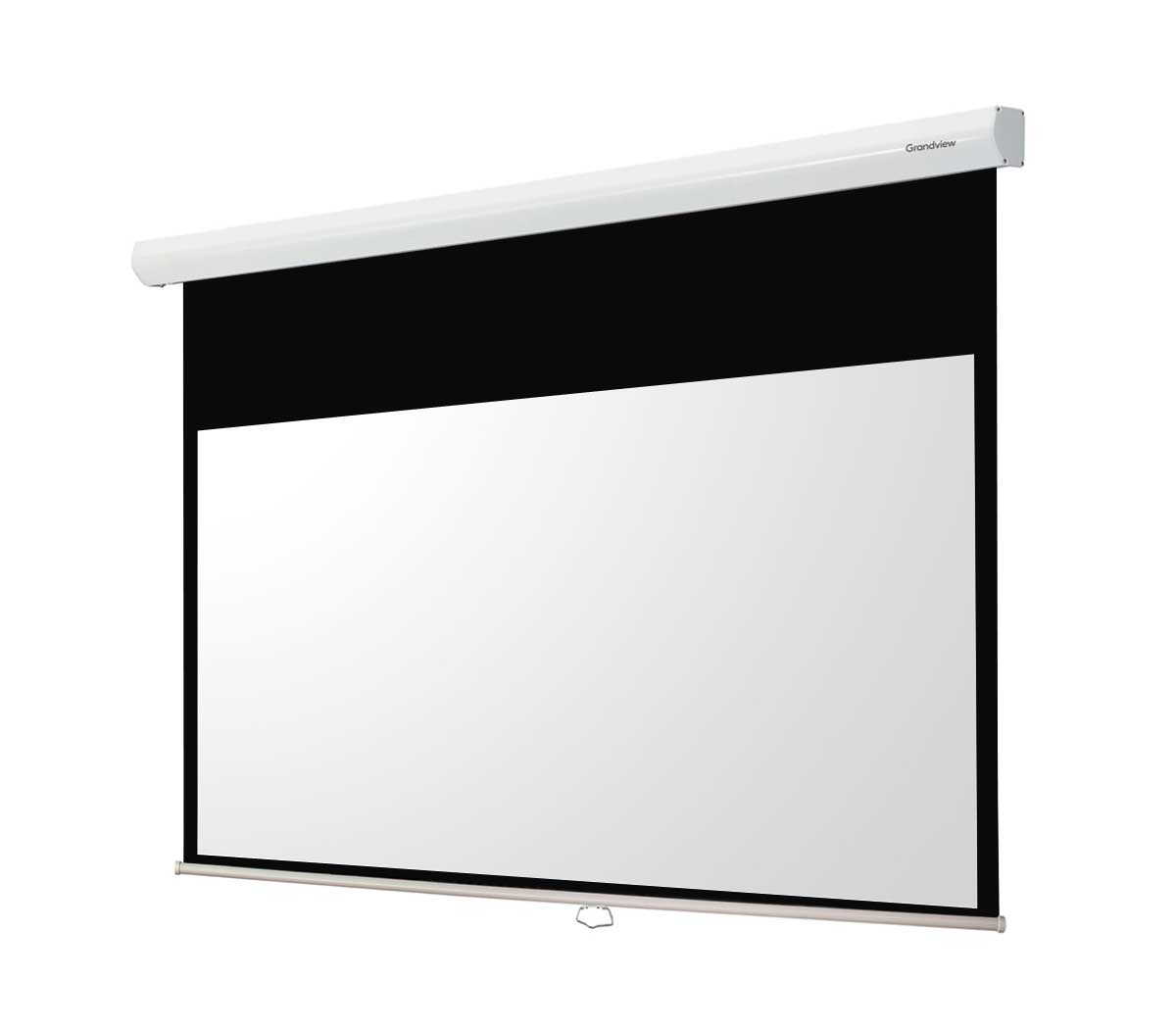

Home Entertainment Systems
How To Retract A Projector Screen
Modified: January 9, 2024
Learn how to retract a projector screen and enhance your home entertainment system with our easy-to-follow guide. Upgrade your viewing experience today!
(Many of the links in this article redirect to a specific reviewed product. Your purchase of these products through affiliate links helps to generate commission for Storables.com, at no extra cost. Learn more)
Introduction
So, you've just finished a movie night with friends or a thrilling gaming session, and it's time to wind down and retract the projector screen. Whether you have a motorized or manual projector screen, knowing how to retract it properly is essential for preserving its functionality and longevity. In this guide, we'll walk you through the step-by-step process of retracting a projector screen, ensuring that you can do so effortlessly and efficiently. From gathering the necessary tools to troubleshooting potential issues, we've got you covered. Let's dive in and unravel the secrets of smoothly retracting your projector screen.
Key Takeaways:
- Properly retracting your projector screen is essential for its longevity. Gather necessary tools and understand the retraction mechanism to ensure a smooth and efficient process.
- Regular maintenance and troubleshooting are crucial for preserving the functionality of your projector screen. Inspect for damage, lubricate, and keep the screen clean for optimal performance.
Read more: How Much Are Retractable Patio Screens
Step 1: Gather Necessary Tools
Before embarking on the task of retracting your projector screen, it's crucial to gather the essential tools to streamline the process. The tools required may vary based on the type of projector screen you have, whether it's motorized or manual. Here are the basic tools you might need:
- Screwdriver
- Ladder or step stool
- Flashlight
- Owner’s manual (if available)
Having these tools readily available will ensure that you can address any potential issues that may arise during the retraction process. Once you have these tools on hand, you're ready to move on to the next step and begin the retraction process.
Step 2: Locate the Retraction Mechanism
Understanding the retraction mechanism of your projector screen is fundamental to the successful retraction process. The location and type of mechanism can vary depending on whether your screen is motorized or manual. Here’s how to identify the retraction mechanism:
- Motorized Screens: For motorized projector screens, the retraction mechanism is typically located near the top of the screen housing. It may be in the form of a button, remote control, or switch that activates the motor to retract the screen. If you’re unsure about the exact location, consult the owner’s manual for guidance.
- Manual Screens: In the case of manual projector screens, the retraction mechanism is usually a pull cord or handle located either on the side or bottom of the screen. Some manual screens may also feature a locking mechanism to secure the screen in place when not in use.
Once you’ve identified the retraction mechanism, you’ll be better prepared to proceed with retracting the screen, whether manually or using a motorized control. This knowledge will empower you to navigate the retraction process with confidence and precision.
Step 3: Retract the Screen Manually
If you have a manual projector screen or encounter a situation where the motorized retraction is unavailable, knowing how to retract the screen manually is invaluable. Follow these steps to manually retract your projector screen:
- Release the Locking Mechanism: If your manual screen is equipped with a locking mechanism, disengage it by following the manufacturer’s instructions. This may involve pressing a release button or pulling a release cord, depending on the design of the screen.
- Gently Pull the Screen: Grasp the handle or designated area for manual retraction and apply gentle, even pressure to pull the screen upward. Be mindful of the screen’s weight and avoid exerting excessive force to prevent damage.
- Ensure Smooth Retraction: As you retract the screen, maintain a steady and controlled motion to prevent jerking or sudden movements. This will help preserve the integrity of the screen and its mechanism.
- Secure the Screen: Once the screen is fully retracted, ensure it is securely fastened in place according to the manufacturer’s instructions. This may involve engaging a locking mechanism or securing the screen with a designated latch or fastener.
By following these steps, you can successfully retract your manual projector screen without relying on motorized controls. It’s essential to handle the process with care and attention to detail to safeguard the screen and its components.
When retracting a projector screen, make sure to gently guide the screen back into its housing to avoid any damage. Keep the screen taut and avoid letting it snap back into place.
Step 4: Test the Retraction
After retracting the projector screen, it’s crucial to perform a comprehensive test to ensure that the retraction process was executed successfully. Here’s how to test the retraction and verify the screen’s functionality:
- Smooth Operation: Activate the motorized retraction mechanism or manually lower the screen to its fully extended position. Observe the motion carefully to ensure that the screen moves smoothly and without any unusual sounds or resistance.
- Partial Retraction Test: If your motorized screen allows for partial retraction, test this functionality to confirm that the screen can stop at intermediate positions as intended. This is particularly important for screens that support adjustable aspect ratios or masking systems.
- Locking and Stability: Once the screen is fully retracted, verify that it securely locks into place without any signs of instability or unexpected movement. This step is crucial for ensuring the safety and longevity of the screen.
- Remote Control Functionality: If your projector screen is motorized and operated via a remote control, test the remote to verify that it effectively triggers the retraction and extension of the screen. Ensure that the remote batteries are functional and that the signal reaches the screen’s receiver effectively.
By conducting a thorough test of the retraction process, you can identify any potential issues or irregularities and address them promptly. This proactive approach contributes to the overall maintenance and optimal performance of your projector screen.
Read more: How To Fix A Projector Screen
Step 5: Troubleshooting and Maintenance
While retracting your projector screen, you may encounter occasional issues or signs of wear that require troubleshooting and maintenance. Here’s how to address common concerns and maintain the functionality of your projector screen:
- Inspect for Damage: Regularly inspect the screen material for any tears, creases, or signs of damage. Address minor issues promptly to prevent them from worsening over time.
- Lubrication: For motorized screens, periodically lubricate the retracting mechanism according to the manufacturer’s recommendations. This helps ensure smooth operation and prolongs the lifespan of the motor and associated components.
- Cleanliness: Keep the screen and its housing clean and free from dust or debris. Use a soft, dry cloth or a gentle cleaning solution recommended by the manufacturer to maintain the screen’s surface and enhance image quality.
- Electrical Connections: If your screen is motorized, inspect the electrical connections and power source to ensure they are secure and free from damage. Loose connections or frayed cables can impede the retraction process.
- Professional Maintenance: Consider scheduling periodic professional maintenance for your motorized projector screen, especially if you notice persistent issues or irregularities during the retraction process. A trained technician can perform comprehensive inspections and adjustments to optimize the screen’s performance.
By incorporating these troubleshooting and maintenance practices into your routine, you can proactively address potential issues and preserve the functionality of your projector screen. Regular care and attention contribute to a seamless retraction process and prolonged durability.
Conclusion
Retracting a projector screen is a fundamental aspect of maintaining your home entertainment system and ensuring the longevity of your equipment. By following the steps outlined in this guide, you can confidently navigate the retraction process, whether your screen is motorized or manual. From gathering the necessary tools to troubleshooting and maintenance, each step plays a crucial role in preserving the functionality and performance of your projector screen.
Remember, understanding the retraction mechanism, whether it’s a motorized control or manual operation, empowers you to handle the process with precision and care. Regular maintenance and proactive troubleshooting further contribute to a seamless retraction experience and extend the lifespan of your projector screen.
By incorporating these best practices into your home entertainment system maintenance routine, you can enjoy uninterrupted viewing experiences and optimal performance from your projector screen for years to come. Embracing the art of retracting your projector screen is not only a practical skill but also a testament to your commitment to preserving the quality of your home entertainment setup.
So, the next time you wrap up a captivating movie night or an exhilarating gaming session, you can retract your projector screen with confidence, knowing that you’ve mastered the art of seamless retraction.
Frequently Asked Questions about How To Retract A Projector Screen
Was this page helpful?
At Storables.com, we guarantee accurate and reliable information. Our content, validated by Expert Board Contributors, is crafted following stringent Editorial Policies. We're committed to providing you with well-researched, expert-backed insights for all your informational needs.

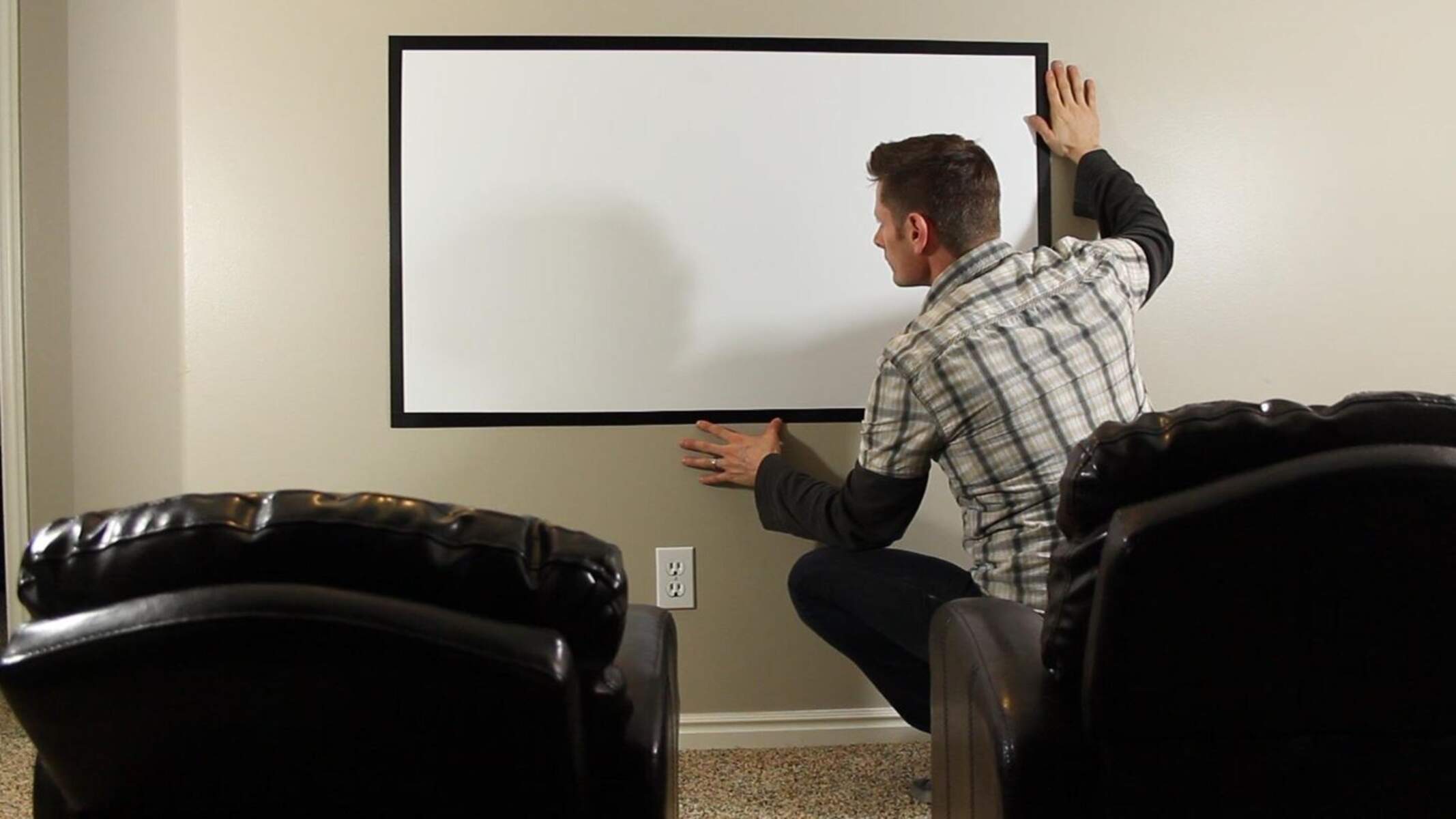

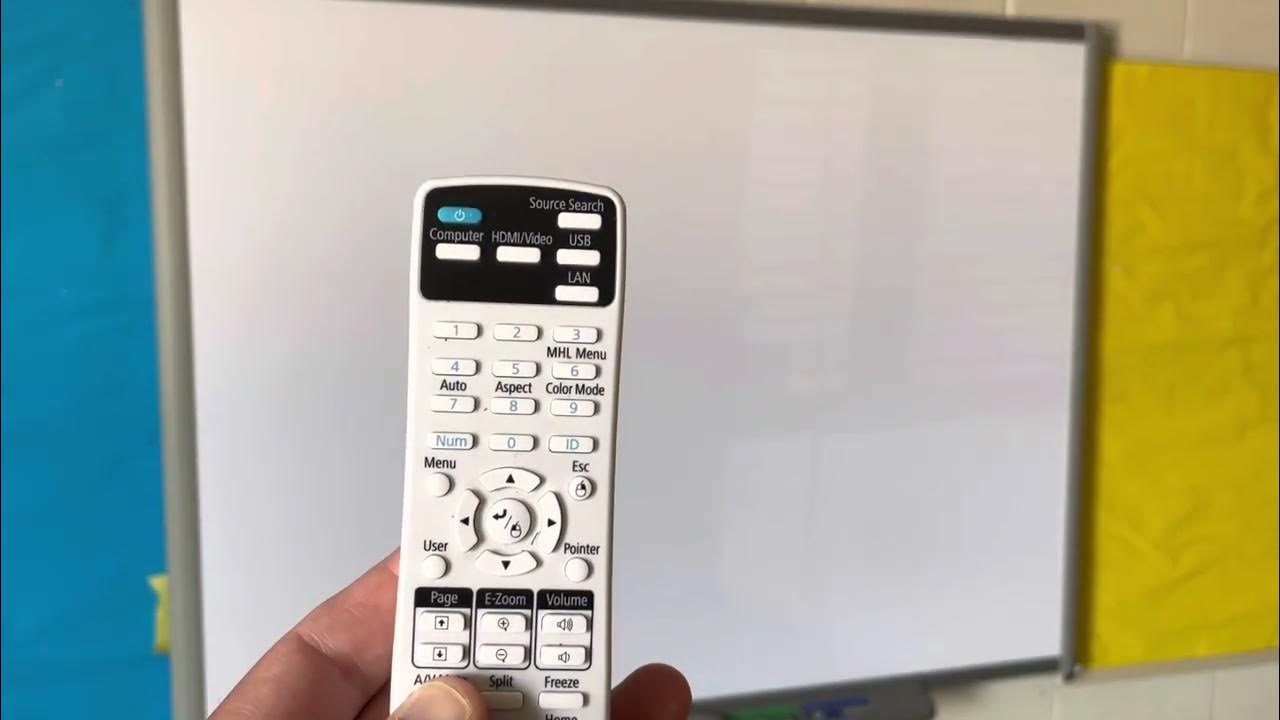
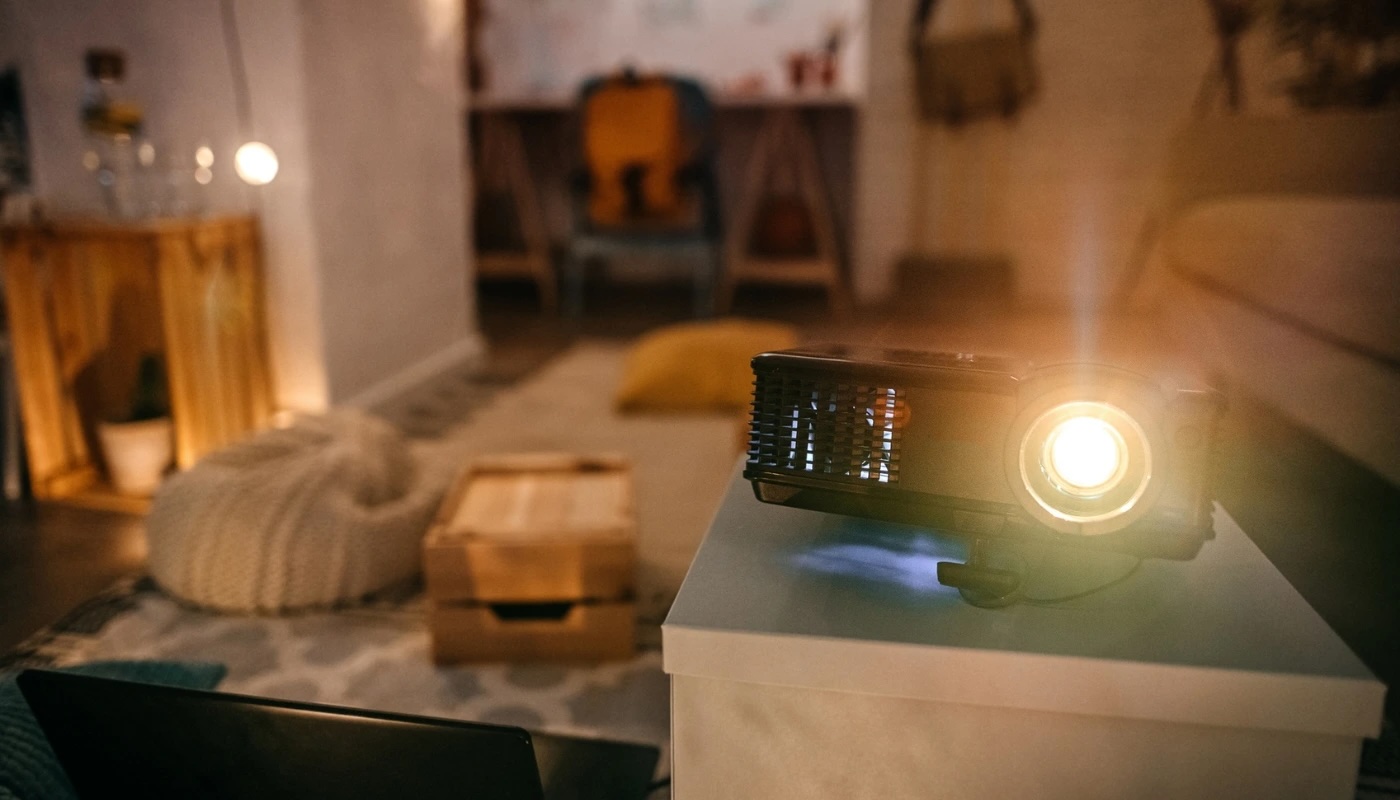
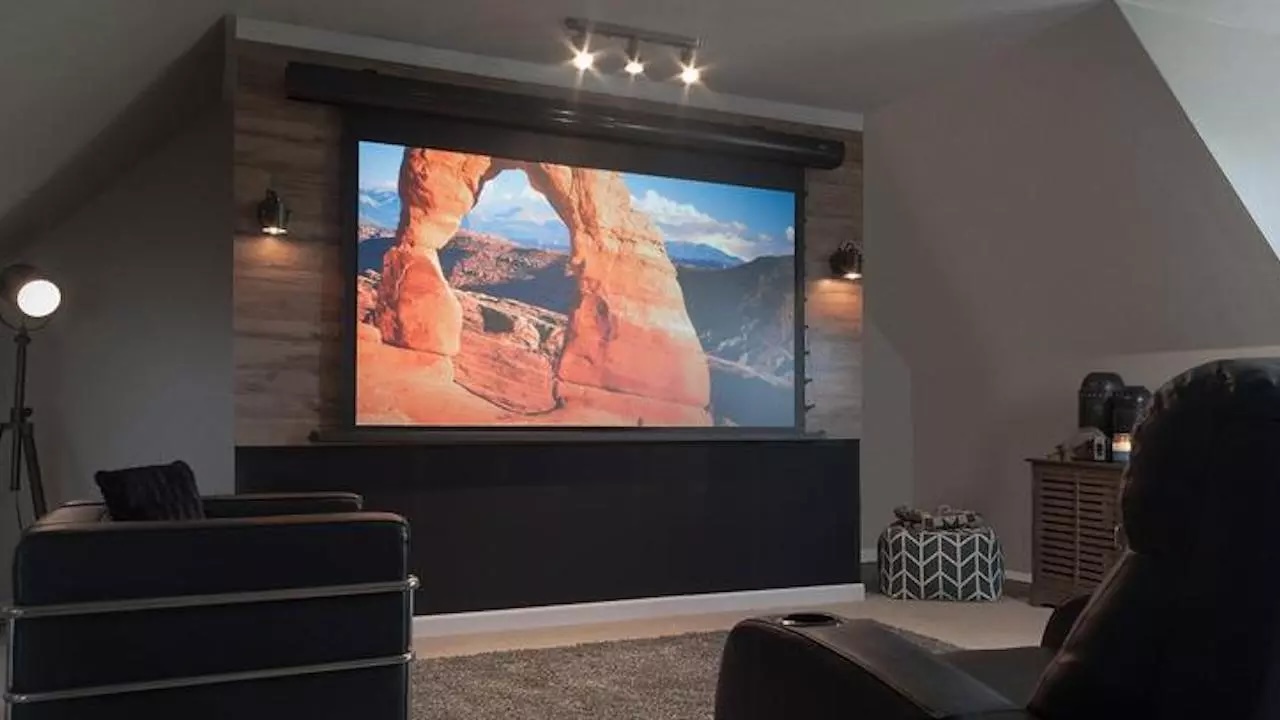
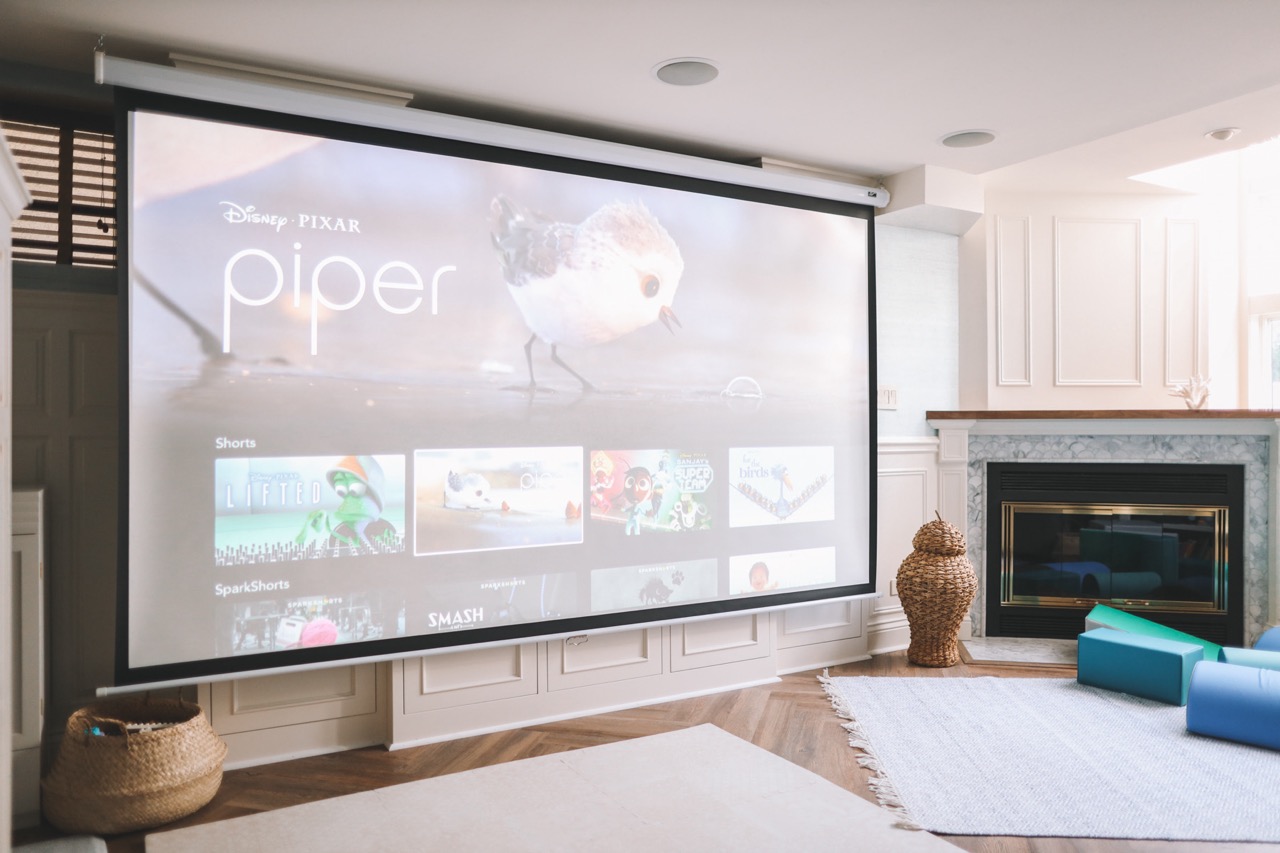

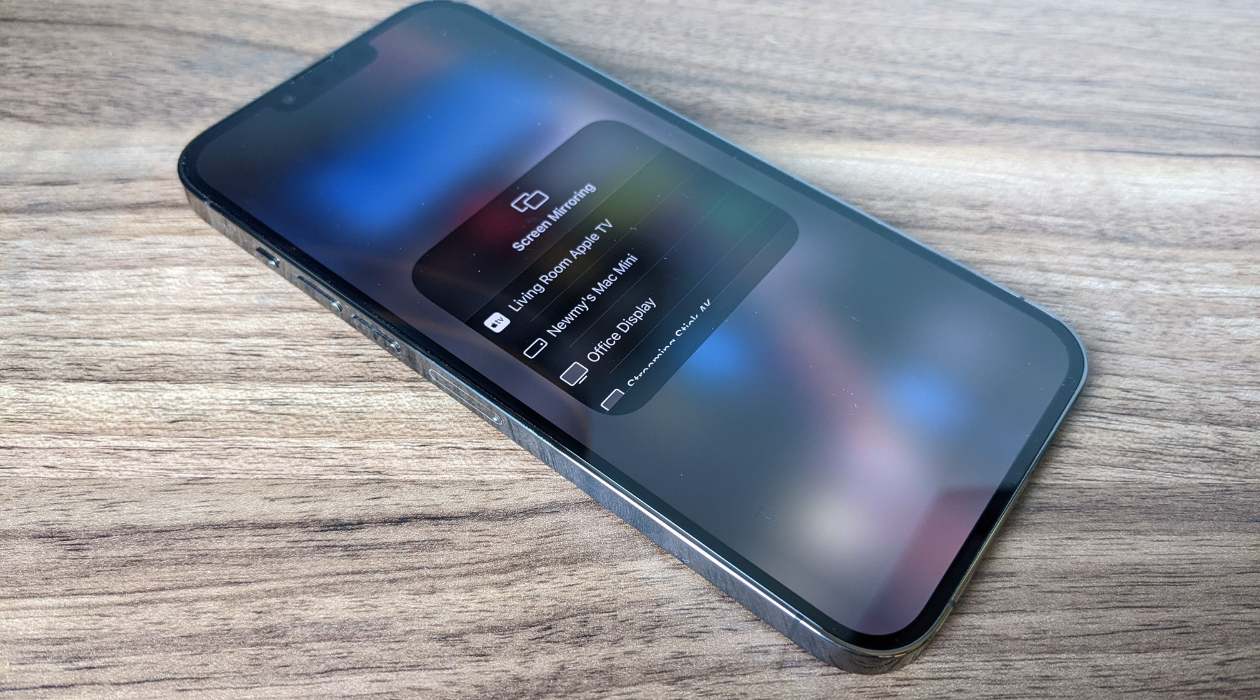
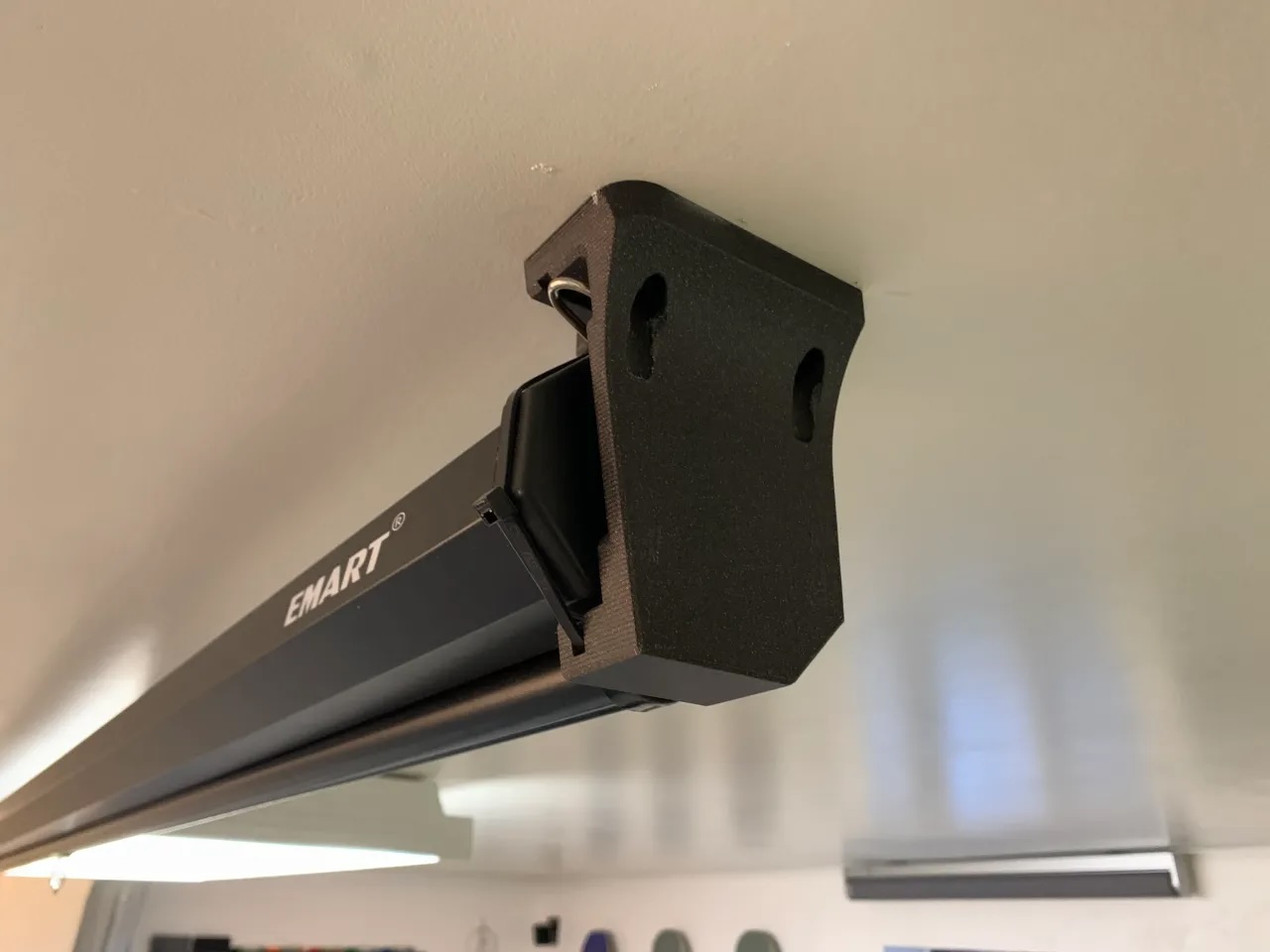

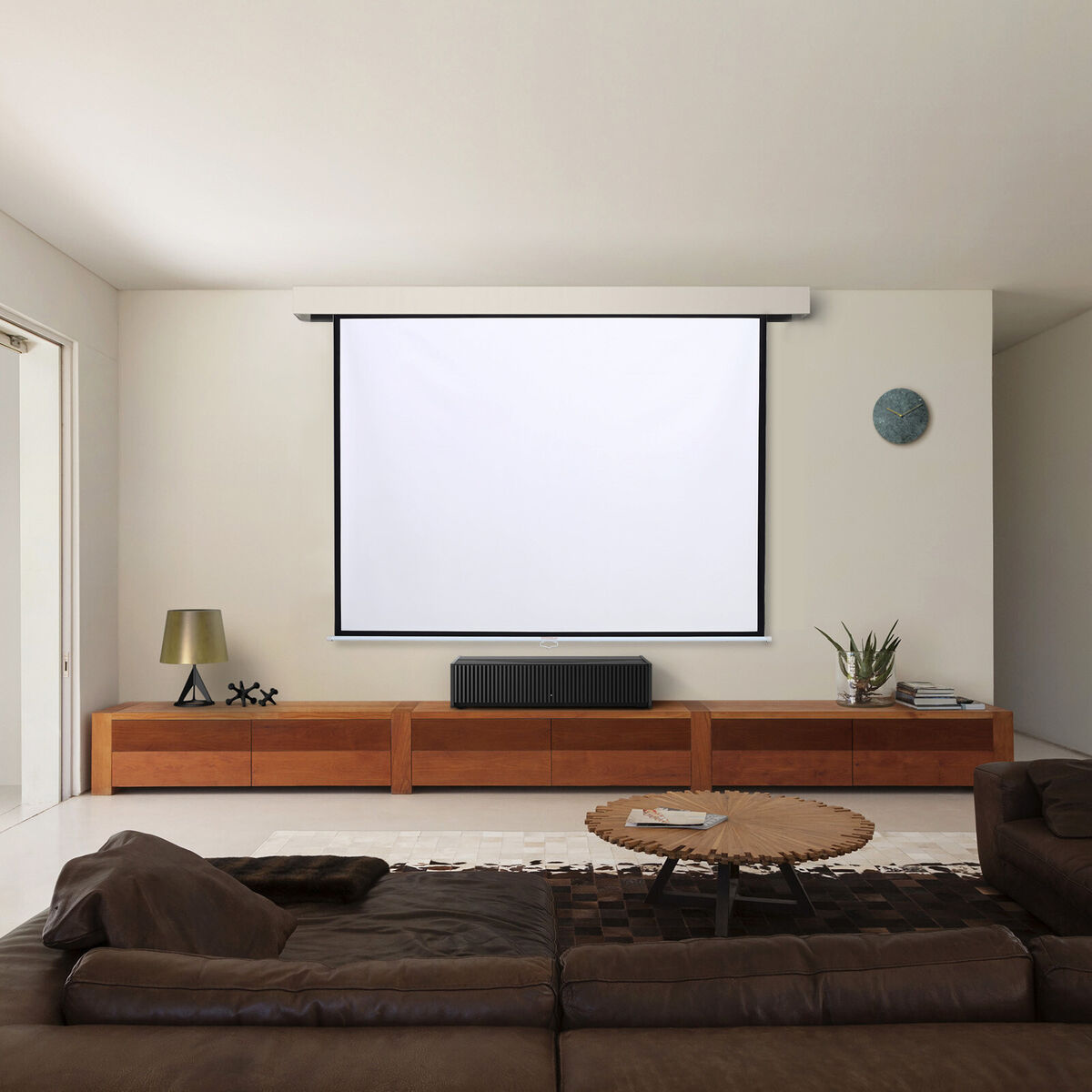
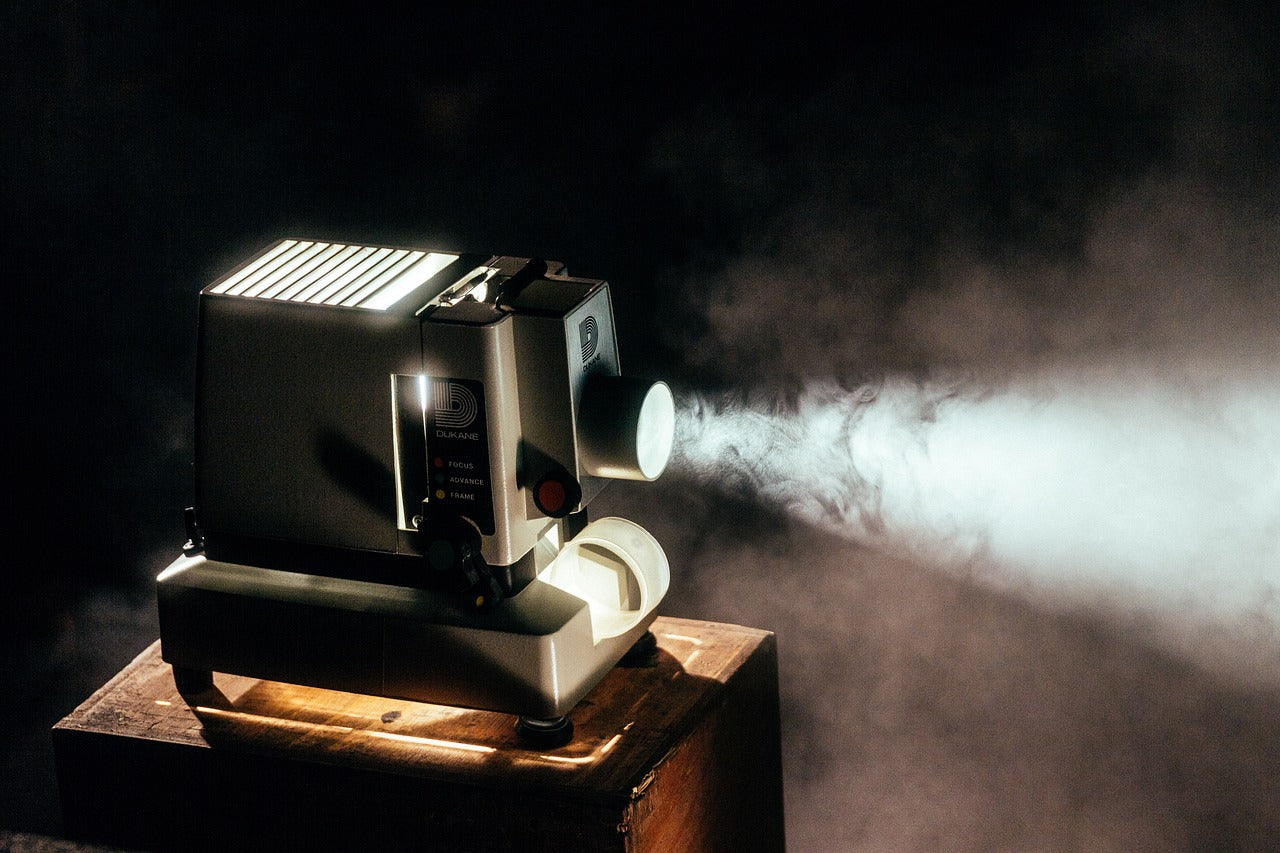
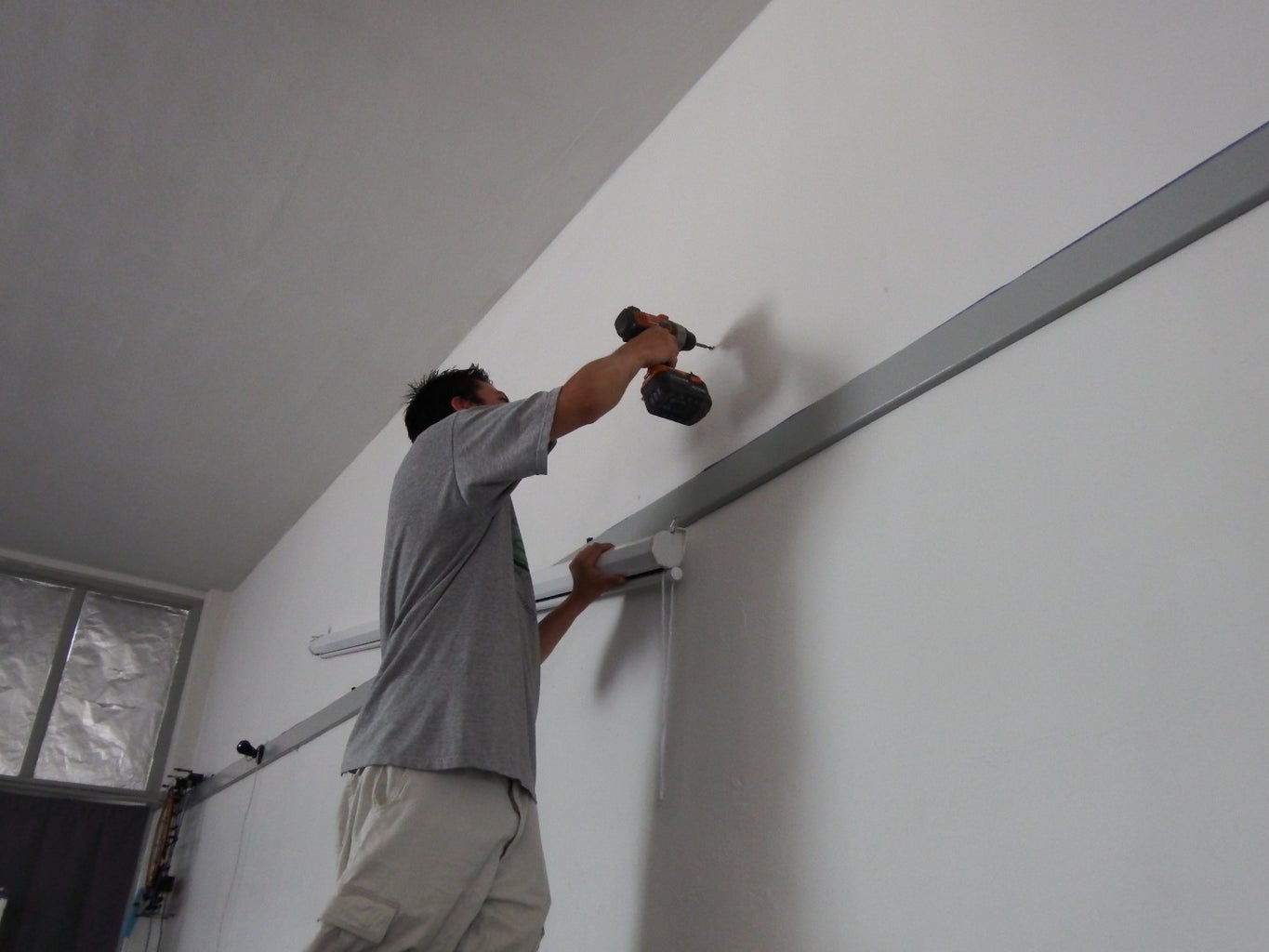

0 thoughts on “How To Retract A Projector Screen”